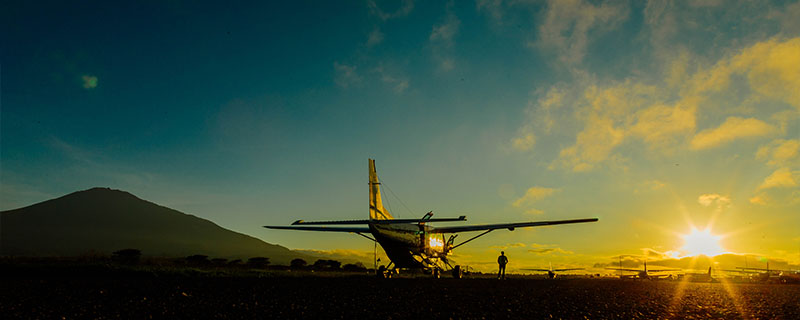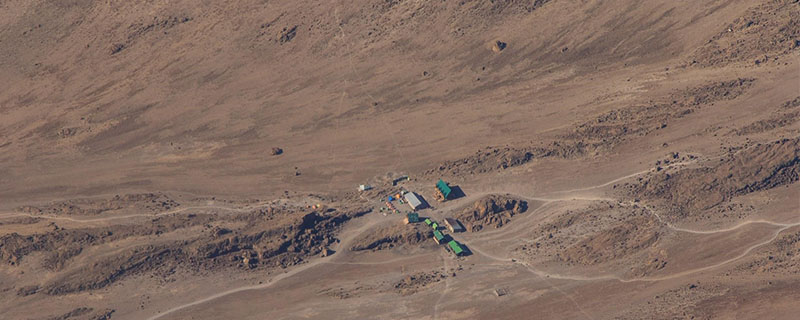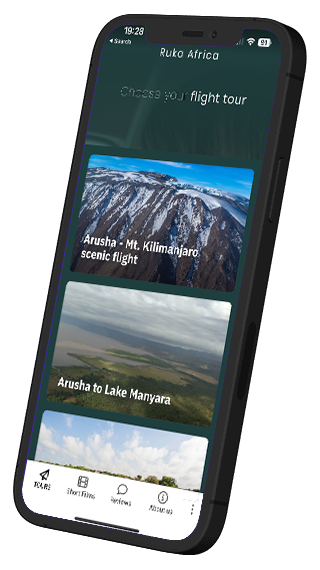There are lots of great things to see on your Kilimanjaro scenic flight as outlined here. However, the ultimate experience of Kilimanjaro scenic flight is to have a close look at the famous Mount Kilimanjaro.
For this reason, you like many other people may be wondering if there is a way to ensure that you can see the mountain on your Kilimanjaro scenic flight because it is a fact that sometimes the mountain is covered by clouds. We’ve got you covered! Fortunately, there are sure ways to avoid cloudy and bumpy Kilimanjaro scenic flights so that you can fulfill your dream of seeing Mount Kilimanjaro from above. Learn more below.
Why Mt Kilimanjaro is sometimes covered by clouds
Standing at 5895m, Mount Kilimanjaro is the highest free-standing mountain in the world. Its sheer size creates its own weather pattern. Once strong winds blowing from the Indian Ocean collide with Mount Kilimanjaro, the air is forced to rise and cool as it flows upward. The airdrops in temperature and atmospheric pressure lead to rain and snow.
The heat from the sunlight supports this system, such that, as the daylight breaks, clouds begin to form and grow in size as the day continues to get warmer. Towards the end of the day, as the earth rotates, the sun’s heat lessens and the ground cools off while the clouds begin to dissipate.
This weather pattern obviously changes during trade winds which form the rainy seasons or when there are fronts from the Indian Ocean.
The three ways to avoid a cloudy and bumpy Kilimanjaro Scenic flight are:
1. Time of the Day
Your best chance of viewing Mt Kilimanjaro with the smoothest ride is between morning hours, just after sunrise until 9 am, and between 5 pm and sunset. The air motion around this time is stable which supports a smoother flight. Once the ground is heated and the air begins to rise wind speed, thunderstorms and other associated unstable air elements to gather up and form vertical current motions in the air.

2. Itinerary Design
While the weather pattern on Mount Kilimanjaro can be predictable as explained above. There is still a risk of the mountain being covered with clouds due to other prevailing factors such as the trade winds which form the rainy season during April and May. The only way around this is to give yourself another chance to attempt the flight in case the mountain is not visual in your first shot! You can do this by designing your trip to include more than one night in Arusha, at the beginning and at the end of your trip.
For example, When planning for a Safari to the Serengeti, overnight in Arusha upon arrival and join a morning flight. On your return from Safari, overnight in Arusha before you catch a flight back home or to Zanzibar. This will enable you to take another Kilimanjaro scenic flight in the next morning or evening.

3. Communicating with Mountain Rangers
On most mornings and evenings you are likely to find some layer of cloud around 3000m above mean sea level. But the towering height of Mount Kilimanjaro is higher than those clouds at that height. As a result, it’s impossible to tell if the mountain is visible or not while standing at its foothills because of the overcast clouds. One of the ways to guarantee the mountain is visual is being able to communicate with rangers who are at 4800m on the mountain and above about the weather conditions and visibility.

Ready to plan for your flight?
Check out Ruka Africa’s Kilimanjaro scenic flight itinerary which is designed to give you the best chance of a smooth and visual Mount Kilimanjaro scenic flight experience.





